TikTok Adds More Gen AI Features

Wanna’ know why TikTok has been such a hit with users, and why it was able to so quickly catch up with, and even supersede Instagram in many respects?
Because TikTok is just better, in almost every way, with its algorithms, systems, and processes consistently providing a better user experience, either via rapid detection of your evolving interests, better UI for connecting and communicating, and even streamlined in-app shopping, which is gradually catching on with more users.
And that also extends to AI, with TikTok continuing to add more AI features that go beyond chatbots and AI profiles, which serve no real purpose within most people’s everyday usage.
Instead, TikTok has launched a range of helpful, complementary AI features that d align with usage trends, as opposed to trying to get you to generate images of random junk.
Indeed, over the last month, TikTok has continued to expand its generative AI elements, with the addition of options like its “AI Group Shot” tool, which enables users to add images of themselves and their friends to an image template.
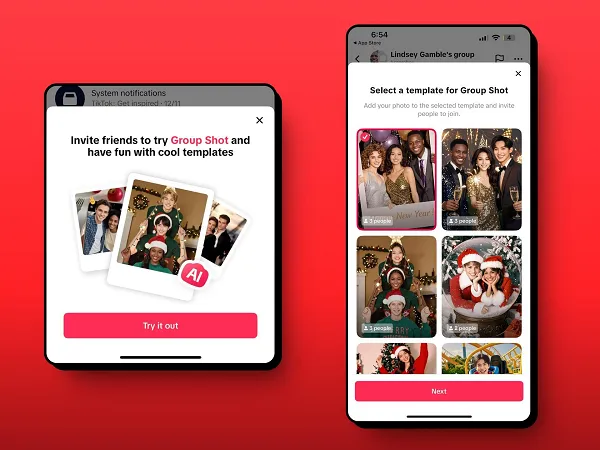
That’s a fun way to incorporate generative AI for a purpose, rather than just generating pictures from generic prompts, while its “AI Self” option is also more aligned with enhancing your personal experience.
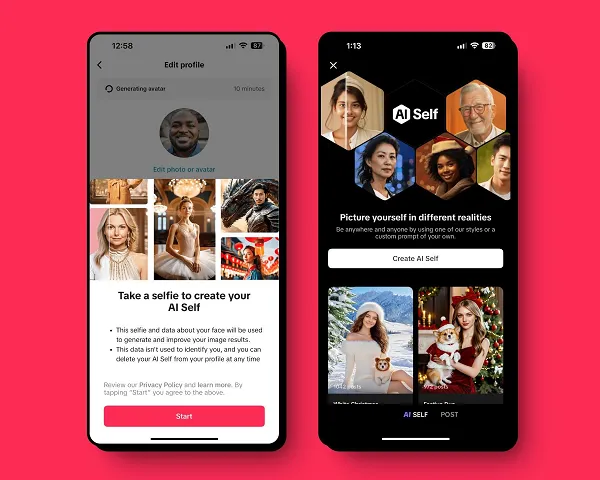
Of course, Meta has similar, with its “Imagine Yourself” AI prompts that can be accessed via its AI chatbot:
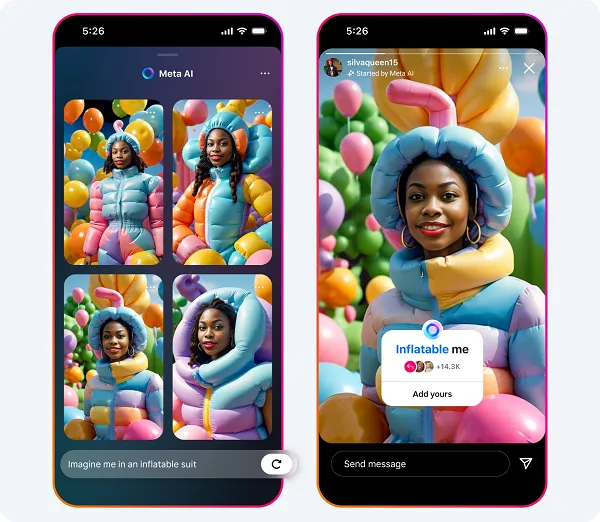
But Meta’s AI images look less realistic, and they’re less about merging actual depictions of yourself, and more aligned with hyper-real creations, which don’t tie back to your own, or anybody’s real-world experiences.
Which is a key consideration for a “social” media app. Social experiences are generally things that we want to share about ourselves and our own thoughts and feelings, our own experiences.
Which is why Meta’s random AI prompts in-stream just feel flat.
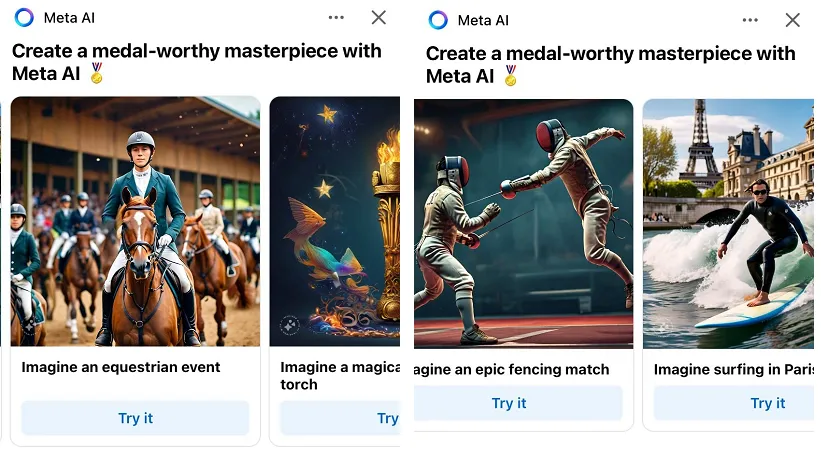
Because none of these relate to anything real, they’re not actual human experiences, and they’re not centered in things that you or I have done. They’re just utterly random, seeking to get Facebook and IG users to create images of all the things, seemingly just because you can.
TikTok’s AI options, meanwhile, are tied back to the core focus of the app, in connecting and entertaining people in a large-scale community trends compendium.
And TikTok’s working on more AI tools that align with this, including the capacity to easily convert your own images into trending memes.
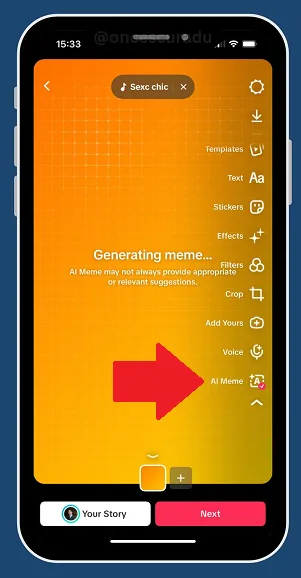
While it’s also developing enhancements in its editing and creation tools, including AI-based suggestions for video captions.
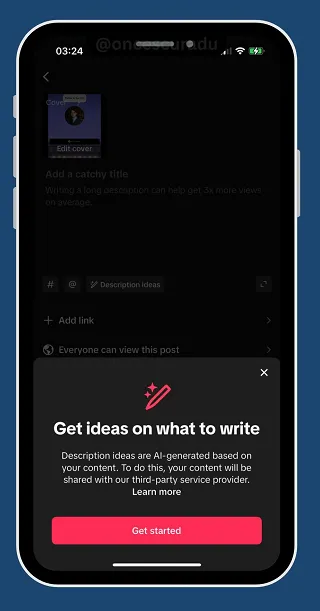
That could help you maximize your content opportunities, by giving you caption suggestions that align with search trends in the app.
And again, these are all AI tools that enhance the user experience, as opposed to trying to transform it into something else.
Which is why TikTok has been able to win out in the social media race, and why it will be a big loss in the U.S., if it is indeed removed as a result of the U.S. government’s sell-off bill.
And while Meta continues to chase tech trends, and squeeze more engagement out of its users where it can, it’s examples like this that highlight where Meta regularly misses the boat, even if it does eventually catch up through replication.
Meta just doesn’t have the same audience nous that other apps do.
Here’s a question: “What was the last major innovation that Meta launched in its social apps that wasn’t copied from another app?”
Replicating the direction of other apps does eventually steer it in the right direction, but it’s this gap that has continually enabled competitors to bite into its market dominance.
(Thanks to Lindsey Gamble and Radu Oncescu for noting the above AI additions)




